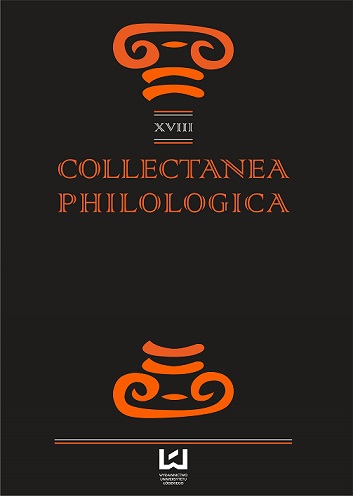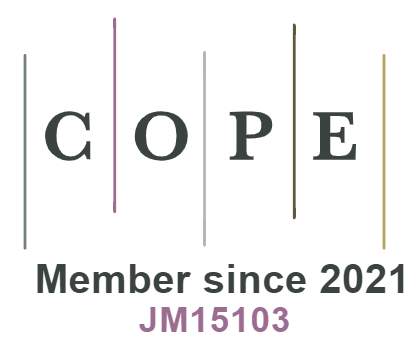El motín de la tierra. La « maquinaria divina » ctónica en la „Farsalia”
DOI:
https://doi.org/10.18778/1733-0319.18.06Słowa kluczowe:
Lucan, “Pharsalia”, Erichtho, Medusa, AntaeusAbstrakt
The present article discusses the presence and function of chthonic monsters in Lucan’s “Pharsalia”. While two of these, i.e. Antaeus and Medusa, belong to the mythical past and their function is only illustrative, Erichtho, whose name denotes “discord” and “earth”, plays the role of the representative goddess of the chaos and pointlessness of the Civil War. The Thessalian witch impersonates the wrath of the Earth caused by the mutatio solis, mentioned in the invocation, and strongly connected with the Senecan motif of fuga solis. This article has revealed that line 1.49, telluremque nihil mutato sole timentem, which has been the starting point of the whole analysis, anticipates the three chthonic episodes. It has also shown, quite unexpectedly, that this particular line, by equalling rhetorically the results of Nero’s apotheosis and the rise of Caesar, conveys the message that Nero is the moral successor of the same man whose actions Lucan depicts as being the trigger of the chaos described in the “Phrasalia”.Pobrania
Opublikowane
2015-01-01
Jak cytować
Pypłacz, J. (2015). El motín de la tierra. La « maquinaria divina » ctónica en la „Farsalia”. Collectanea Philologica, 18, 65–77. https://doi.org/10.18778/1733-0319.18.06
Numer
Dział
Articles
Licencja

Utwór dostępny jest na licencji Creative Commons Uznanie autorstwa – Użycie niekomercyjne – Bez utworów zależnych 4.0 Międzynarodowe.












